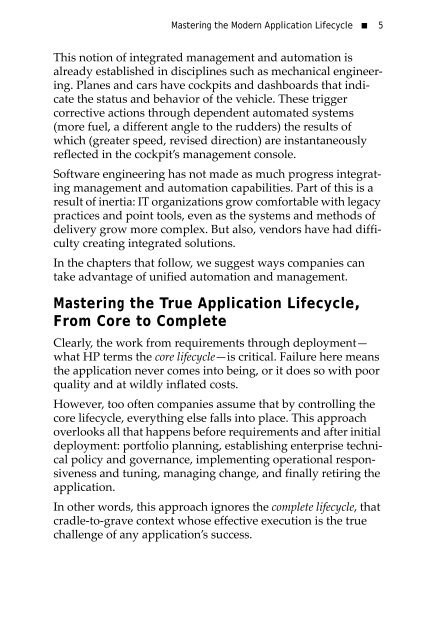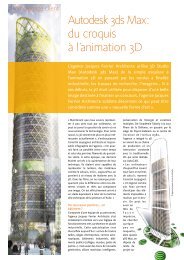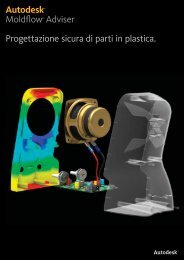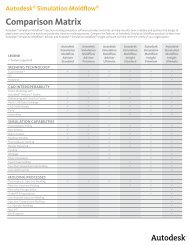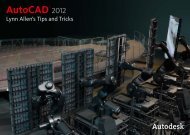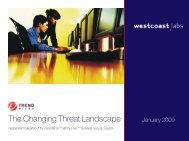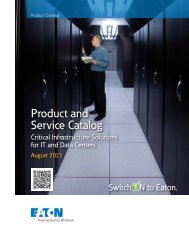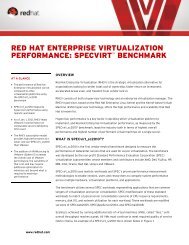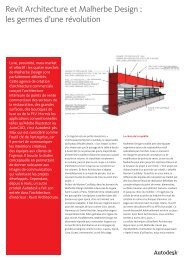The Applications Handbook.pdf - Nexus Technologies Inc.
The Applications Handbook.pdf - Nexus Technologies Inc.
The Applications Handbook.pdf - Nexus Technologies Inc.
Create successful ePaper yourself
Turn your PDF publications into a flip-book with our unique Google optimized e-Paper software.
Mastering the Modern Application Lifecycle ■ 5<br />
This notion of integrated management and automation is<br />
already established in disciplines such as mechanical engineering.<br />
Planes and cars have cockpits and dashboards that indicate<br />
the status and behavior of the vehicle. <strong>The</strong>se trigger<br />
corrective actions through dependent automated systems<br />
(more fuel, a different angle to the rudders) the results of<br />
which (greater speed, revised direction) are instantaneously<br />
reflected in the cockpit’s management console.<br />
Software engineering has not made as much progress integrating<br />
management and automation capabilities. Part of this is a<br />
result of inertia: IT organizations grow comfortable with legacy<br />
practices and point tools, even as the systems and methods of<br />
delivery grow more complex. But also, vendors have had difficulty<br />
creating integrated solutions.<br />
In the chapters that follow, we suggest ways companies can<br />
take advantage of unified automation and management.<br />
Mastering the True Application Lifecycle,<br />
From Core to Complete<br />
Clearly, the work from requirements through deployment—<br />
what HP terms the core lifecycle—is critical. Failure here means<br />
the application never comes into being, or it does so with poor<br />
quality and at wildly inflated costs.<br />
However, too often companies assume that by controlling the<br />
core lifecycle, everything else falls into place. This approach<br />
overlooks all that happens before requirements and after initial<br />
deployment: portfolio planning, establishing enterprise technical<br />
policy and governance, implementing operational responsiveness<br />
and tuning, managing change, and finally retiring the<br />
application.<br />
In other words, this approach ignores the complete lifecycle, that<br />
cradle-to-grave context whose effective execution is the true<br />
challenge of any application’s success.


